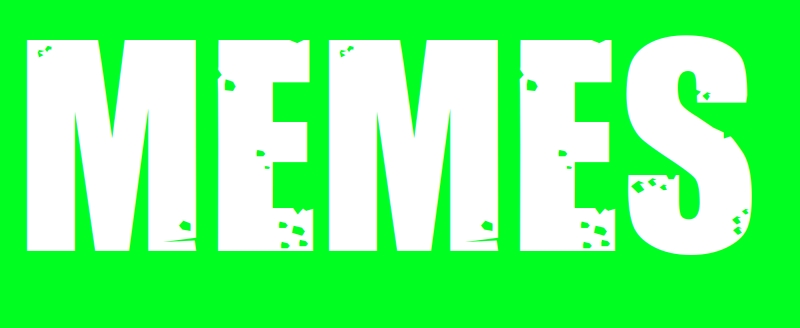

Effectively, this has been an ongoing initiative across DoTs for a long while now. The issue is that it’s a hodgepodge approach baked piecemeal into various grants and other programs. But, yeah, digital, vendor agnostic, secure transit infrastructure is always on a lot of DOT folks’ minds.


This is a distressingly unusually solid analysis for lemmy. I agree with one exception–writing to memory absolutely counts as a distribution. Accordingly, if a generative model output an infringing work, it for sure could create liability for infringement. I think this will ultimately work similarly to music copyright where conscious/explicitly intentional copying is not itself the threshold test, but rather degree of similarity. And if you have prompts that specifically target towards infringement, you’re going to get some sort of contributory infringement structure. I think there is also potentially useful case law to look at in terms of infringement arising out of work-for-hire situations, where the contractor may not have infringed intentionally but the supervisor knew and intended their instructions to produce an effectively infringing work. That is, if there is any case law on this pretty narrow fact pattern.